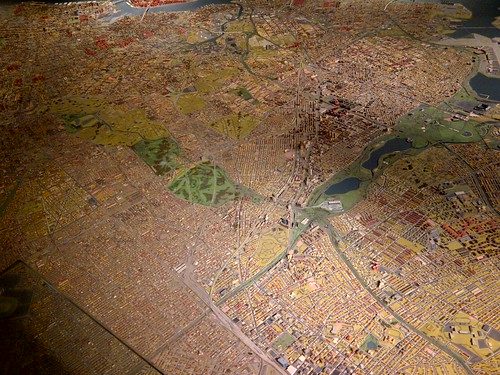You can read about the rest of my Memphis trip starting here .
“…justice too long delayed is justice denied…”
I took a Lyft from the hotel to the National Museum of Civil Rights located in the former Lorraine Hotel.
Jacqueline Smith was across the street setting up for her long-term protest – 31 years and 316 days.
Loree Bailey died of a stroke a few days after Dr. King was assassinated. Her husband Walter made a memorial of the room where Dr. King had stayed. The hotel went into bankruptcy and a group of black businessmen saved it from foreclosure and created the nonprofit that built the museum inside the hotel and across the street where the boarding house stood where James Earl Ray fired his rifle.
Before you enter the museum there are videos that play at three or four kiosks outside where the pool used to be. It is jarring to see the actual balcony and hotel after seeing so many photos since I was 10yo.
Currently there is a Romare Bearden exhibit in the museum and I went in there first. No photos were allowed. I am familiar with his collages but was surprised to see his early editorial cartoons, line drawings, lithographs, realistic paintings, and screen prints. He did covers for Time and TV Guide. There is a series on the Iliad and the Odyssey. He created a children’s book on the Civil War and there was a display of the original drawings. His mother was an important political figure in Harlem in that she had a job with IRS and helped people out with various government agencies. I was surprised to see how light-skinned he was. I do not know why. Maybe because most of the figures in his collages are dark-skinned (not all). There is so much to unpack with his work and I wish I could have spent more time there but I wanted to make sure I spent enough time in the main part of the museum.
The first room is about the slave trade and then you are taken into a theater to see a film that is an overview of the Movement. You leave behind the screen to another room.
The next room has different exhibits with the history of blacks in the US and above are photographs. The first exhibit has some photos of KKK and in the middle – lit up – is an actual robe and hood. It was eerie and scary and I could not take a phot of it and wanted to get as far away from it as soon as I could. The exhibits are about the Civil War and Jim Crow. One room is devoted to the history that leads up to Brown vs the Board of Education. There is a bus with driver and a woman sitting in it and if you walk close to the driver, he starts telling Rosa Park to move to the back of the bus. Statues of the women walking to work during the bus strike. People sitting at a lunch counter being harassed. The recreated burned-out bus from Birmingham that finally led to the Kennedy administration getting involved after sitting on the sidelines for way too long.
I read the story of how “We Shall Overcome” became a Movement anthem (and not the old story of how Peter Seeger re-taught blacks a song from their history).
A recreation of the jail cell where Dr. King wrote “Letter from Birmingham Jail.”
A room devoted to the 1963 March on Washington, where you could listen to speeches.
A room devoted to one of the many organizations formed during the Freedom Rides.
You turn into the next room and there are the militarized police trying to prevent you from crossing the bridge for the March on Selma. The walk up the “bridge” is up a ramp as you read about the repeated attempts to cross.
Another room is devoted to various civil rights movements throughout the 60s – gay rights, women’s rights, and student strikes throughout the world.
A garbage truck from the time that Dr. King came to Memphis to support the strikers.
The next exhibit is a very solemn place. You are asked to be quiet. You can see the two rooms used by Dr. King and his entourage and you can look out over the balcony where he was shot. There is Mahalia Jackson singing in the background and it is very moving.
There is another short film – this one about current movements happening in the world (anti-slavery, immigrants’ rights, and teaching black girls to code for digital equality (if only white men code, then everything digital is written from their perspective).
You exit through the gift shop and then go across the street to continue. You enter in the basement and take an elevator to the second floor, where the exhibits begin.
Up on the second floor are exhibits leading up to April 4, 1968 with explanations of Ray’s activities. Then you get to the bathroom where he shot from. Because of the plexiglass, you cannot see to the balcony across the street but you can see it from the window next to the bathroom.
There are exhibits showcasing a lot of the evidence they had against Ray. Then a very comprehensive exhibit about the conspiracy theories including the three investigations that happened over the years. On the first floor is an exhibit about civil rights movements throughout the world. You exit through the gift shop, which is what used to be Jim’s Grill and where the bag containing the rifle that killed Dr. King was dropped by Ray (or someone else if you believe one of the other theories).
By Carene Lydia Lopez




































